Subtotal: $7.99
Ecology Big Unit Bundle
Save hours of your time with this done-for-you ecology unit! Packed with engaging activities your students will love, this is a true time-saver.
Also included in
Description
Planning your ecology unit? You deserve a break – let me plan it for you!
These are fun and ready to use activities for your classroom. They are super low prep, saving you hours of time.
Your students will love the bright and engaging Google Slides activities. These use custom graphics to bring ecological concepts to life! Tasks include sorting levels of organization, building food webs with drag and drop pieces, labeling biogeochemical cycles, and more! All of the tasks are clearly explained and include technical tips, so you can focus on teaching and supporting students that need extra help. These slides are wonderful for independent learning!
Once students have completed the Google Slides, the Doodle Notes are a perfect review. These come in multiple versions, so you can easily differentiate for your students and grade levels. And to prep, all you need to do is print a class set of the notes!
Every lesson comes with a Google Forms Quiz to check student progress – these are self-grading, so there is no extra work for you.
My Ecology Big Unit Bundle includes:
- Student Google Slides Activities: engaging and interactive activities for every lesson – these are provided as both individual lessons (for teachers who wish to assign lessons one-by-one) or as a whole digital interactive notebook (for teachers who wish to assign the whole unit in one notebook) – choose the format that works best for you and your students
- Answer Slides: animated for going through with the whole class, or you can set them on Google Classroom for students to check and correct their own work
- Google Forms Quizzes: 6 self-grading quizzes to let you easily check student progress. Questions are supported by images where suitable
- Doodle Notes: in multiple versions for easy differentiation:
-
Open response versions – to challenge your students
-
Scaffolded fill-in-the-blank versions – to support your students
-
Black and white versions – perfect for coloring in
-
Colored versions – assign digitally with a PDF mark-up tool, e.g. Kami
- Plus, there is a completed example to model the notes for students, and to let them check their answers
-
- Teacher Guidance: how to assign and use these resources in your classroom
Content covered:
- Introduction to Ecology: What ecology is and why it is important to study it; Characteristics of life; Biotic and abiotic factors in ecosystems – looking at the example of a pond ecosystem; Levels of ecological organization – organisms, populations, communities, ecosystems and the biosphere – looking at the example of a savannah ecosystem
- Symbiotic Relationships: Definition of symbiotic relationships; descriptions and examples of mutualism, parasitism, and commensalism. Note, the set of Doodle Notes for this lesson is provided as a bonus file and is not available separately in my store
- Food Chains and Food Webs: Levels of food chains; Keywords: autotroph, heterotroph, producer, consumer, decomposer, predator, herbivore, carnivore, omnivore, apex predator; Energy pyramids – structure, trophic levels, 10% energy transfer rule; How energy is lost from one trophic level to the next; Construction of food webs; Impact of species loss on an ecosystem
- Ecosystems and Biomes: Keywords: habitat, niche, ecosystem, biomes; Biomes: location, climate, animals and vegetation found in each; Ecological succession: primary and secondary succession; Biodiversity: what is is, how it changes with distance from the equator, the importance of biodiversity; Types of species: keystone species, foundation species and invasive species – information and examples of each
- Population Growth: Definition of population; Importance of tracking population growth; Measurements of populations: population size, population density, population dispersion patterns; Types of population growth curves: logistic and exponential; Analyzing population growth curves; Human population growth; Limiting factors: density-dependent limiting factors and density-independent limiting factors; Types of competition: intraspecific and interspecific competition; Predator-prey cycles; Survivorship curves
- Biogeochemical Cycles: What biogeochemical cycles are; The Carbon cycle, Water Cycle, Nitrogen Cycle and Phosphorus Cycle; The importance of each element/nutrient to living organisms; The process of eutrophication
How do I use this bundle of resources?
- After checkout, you can immediately download your resources
- You’ll click the links in the PDFs to make copies of the Google Slides and Quizzes for your own Google Drive
- Simply assign these to your students on Google Classroom
- You’ll open the Doodle Notes ZIP files to see all of the versions of the Doodle Notes
- Pick which versions you want students to complete and print one set for each student
And that’s it – your lessons are prepped!
Please note: These resources are digital downloads – no physical products will be shipped. To assign the Google Slides and Quiz, you need a Google Classroom. Your students need their own device and an internet connection. Most clipart and questions are secured and cannot be edited. The answers can be edited. There are some links to YouTube – please check YouTube is not restricted by your school. My Doodle Notes are secure PDF files and are not editable. Doodle Notes is a trademarked term used with permission. Please visit doodlenotes.org for more info.
You deserve a life outside of school. Take some time back for yourself with my ready-to-use lessons.
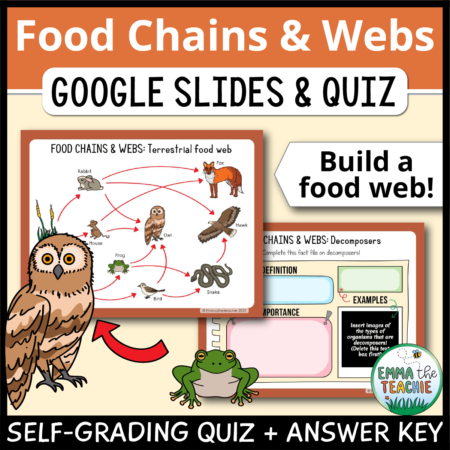

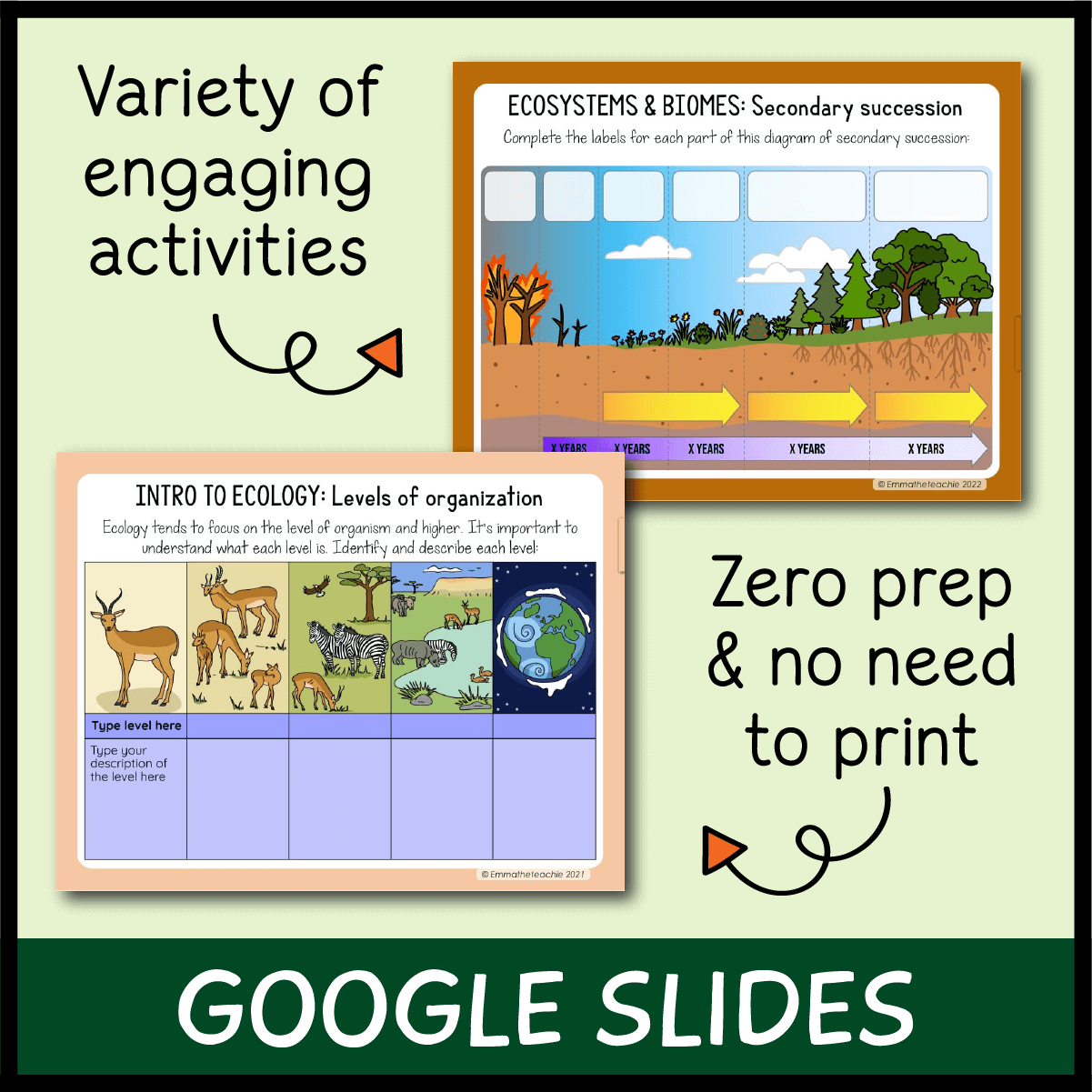


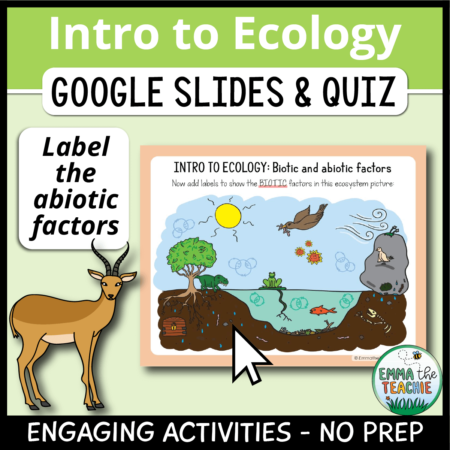
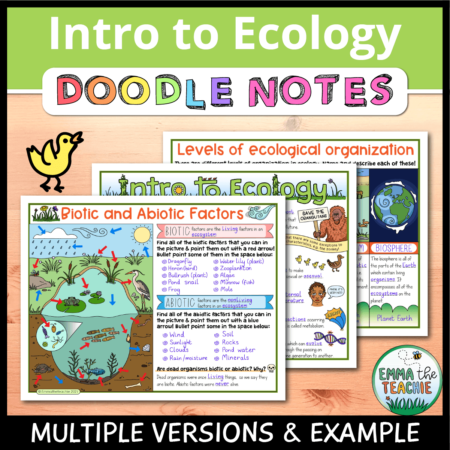

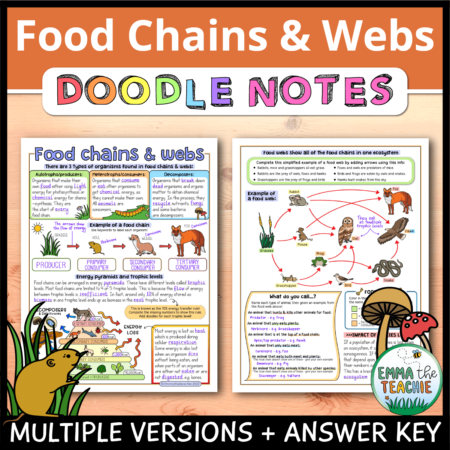
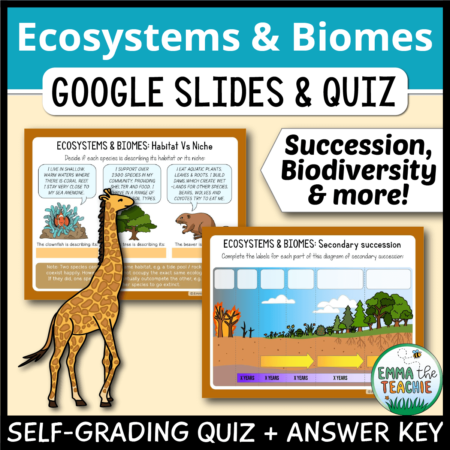
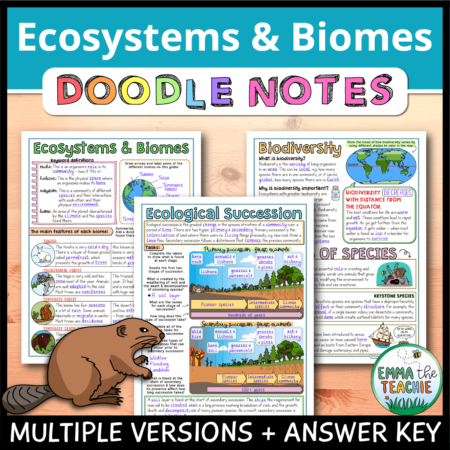


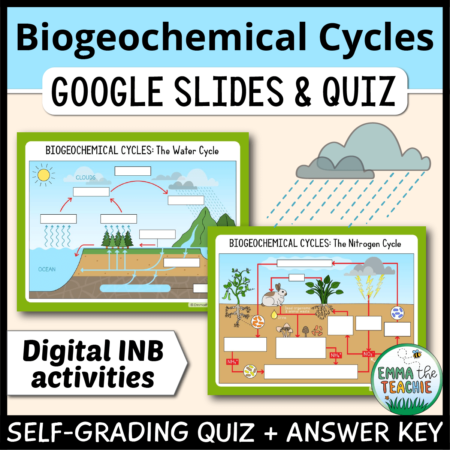
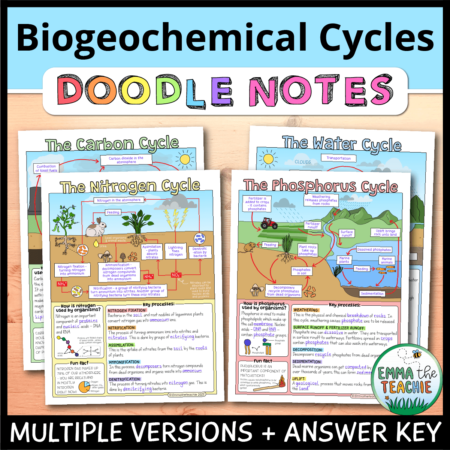


Leave a Reply
You must be logged in to post a comment.